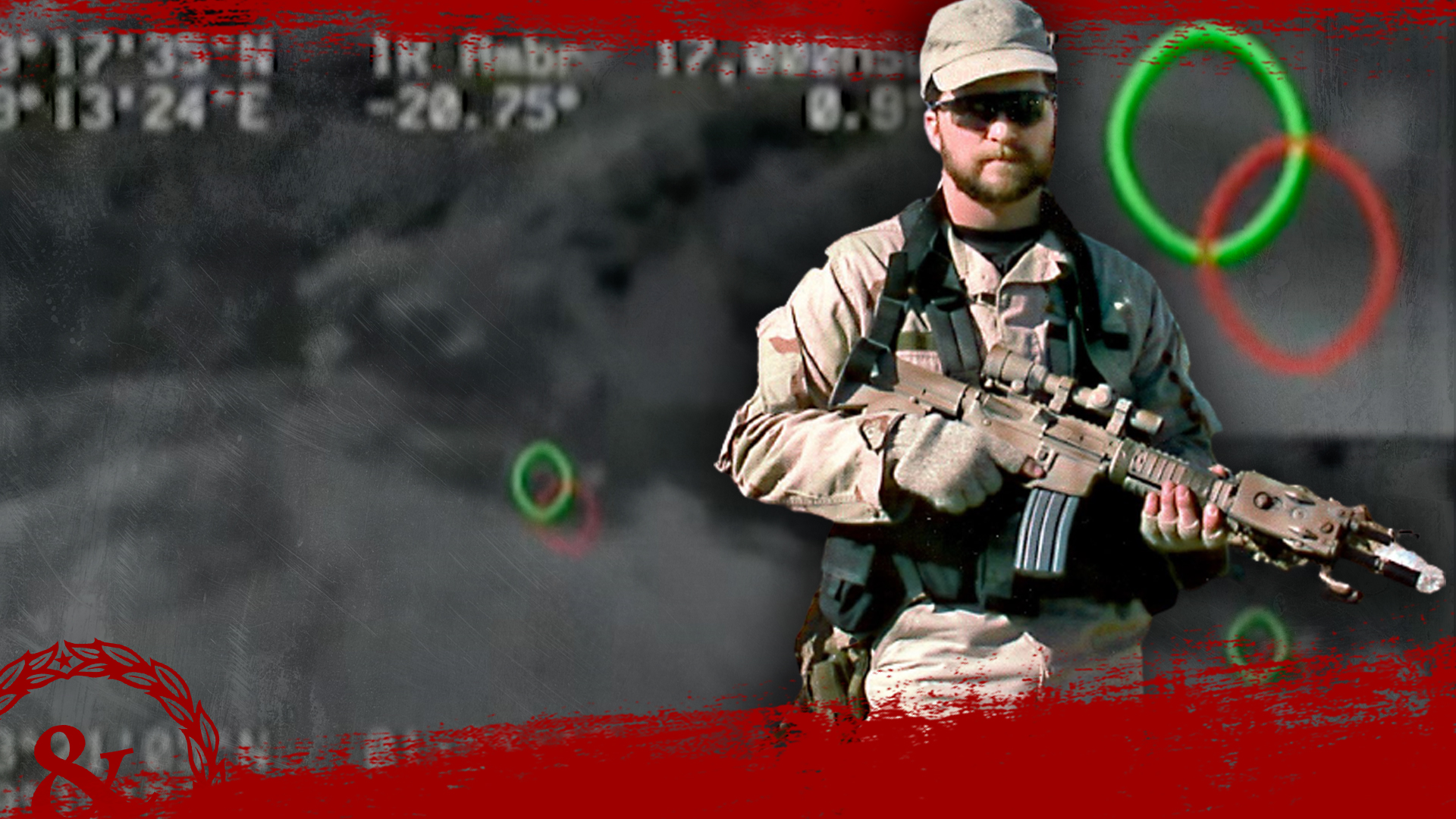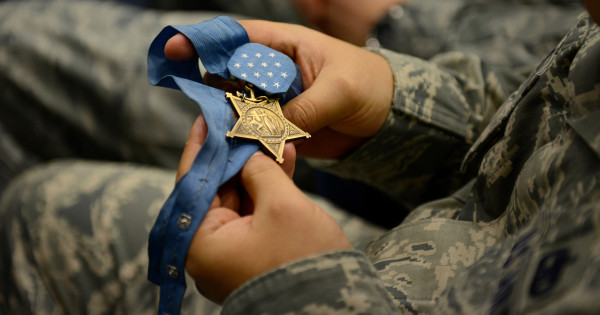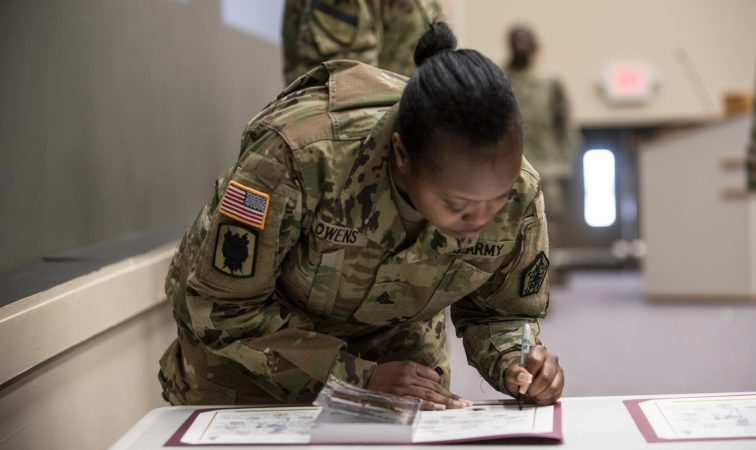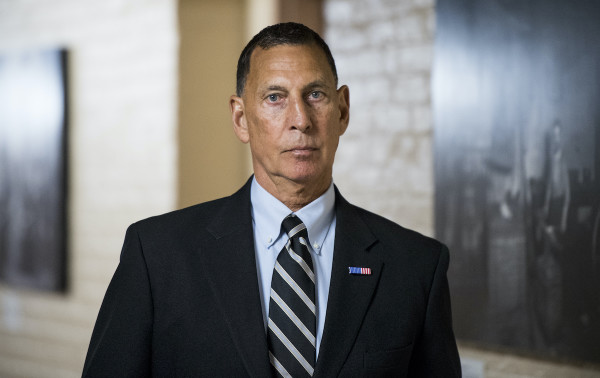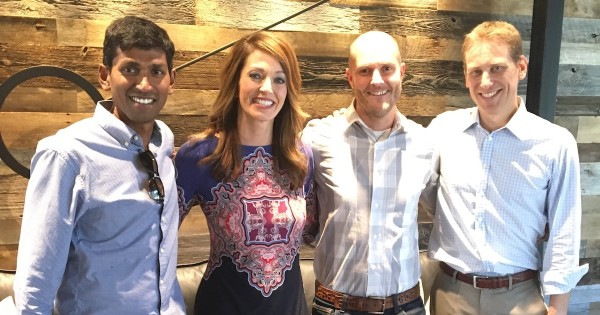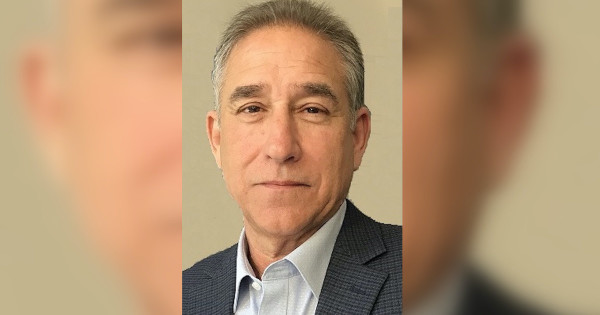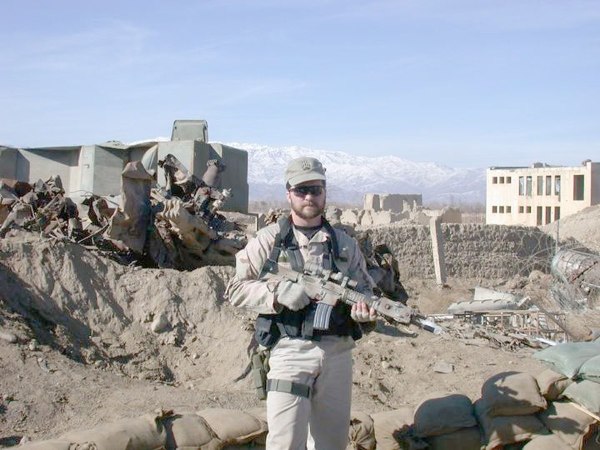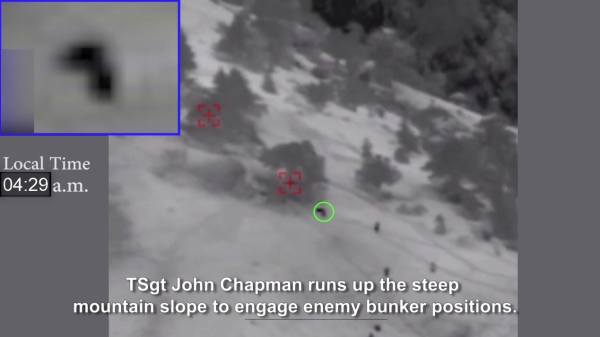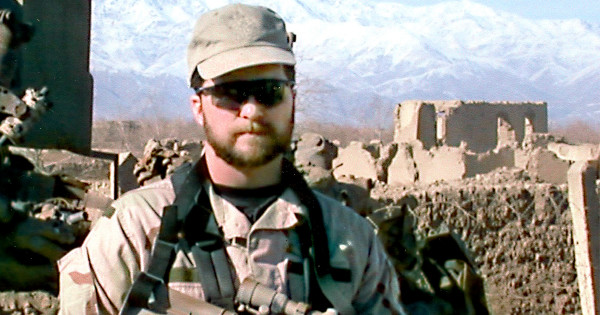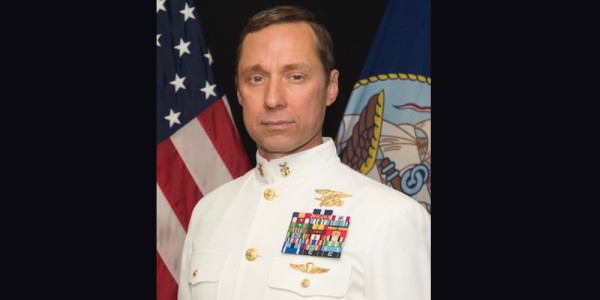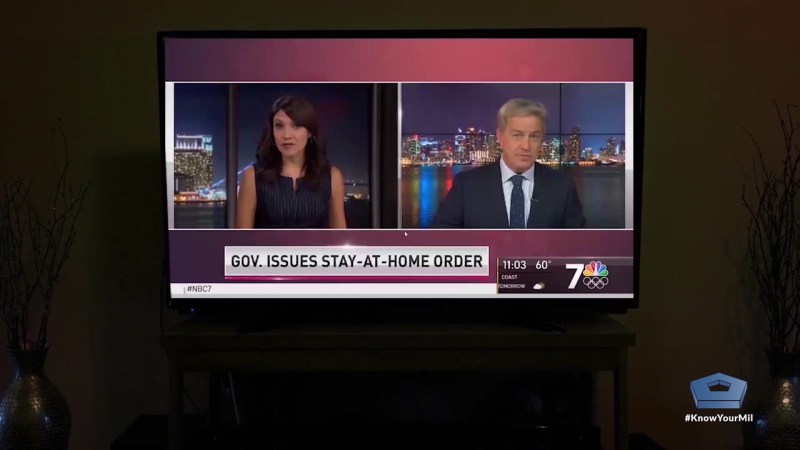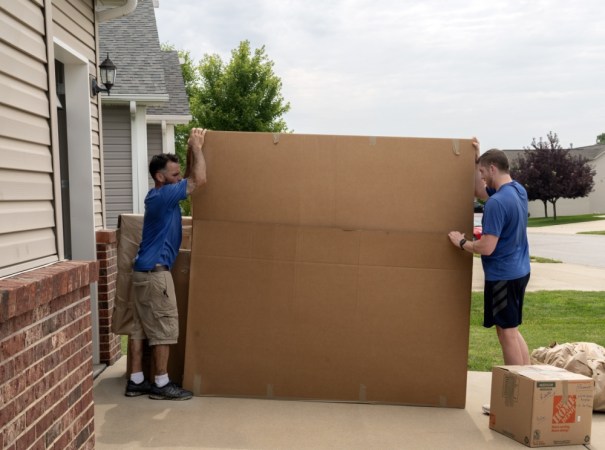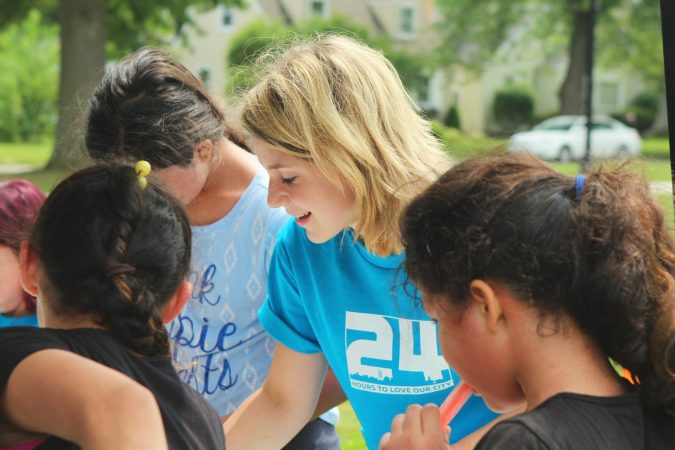Most battlefield acts of valor that result in a Medal of Honor citation are based on eyewitness accounts or physical evidence, but one notable exception was captured on video 19 years ago today.
On March 4, 2002, Air Force Tech Sgt. John Chapman was fighting on a snowy 10,000-foot peak in Afghanistan known as Takur Ghar when he charged into al Qaeda bunkers and repeatedly exposed himself to enemy fire to protect his teammates. And all the while, hovering above him was a CIA Predator drone and other surveillance assets, capturing his every move.
“It was really grainy,” Kenny Longfritz, Chapman’s first sergeant at 24th Special Tactics Squadron, said of the drone footage he viewed after the battle. “But there was still somebody up there fighting, and you could see that.” There was no doubt in his mind, or among many others in the squadron, that it was Chapman, a combat controller who was then working alongside SEAL Team 6 to call in airstrikes.
That day, Chapman and the SEALs were part of a reconnaissance effort for the largest conventional battle of the Afghan War dubbed Operation Anaconda. The operators were supposed to lift-off from their base in at around midnight and quietly land near the base of a mountain peak before climbing to the top. But maintenance delays and pressure from those overseeing the operation forced SEAL Chief Britt “Slab” Slabinski, the team’s leader, to nix the safer approach and land right on the peak at around 3 a.m. As I wrote in April 2018:
Before the pilot of “Razor 03” moved in toward the landing site above 10,000 feet, he got word the site was clear of enemy activity by an Air Force C-130 gunship loitering overhead. But he soon noticed an unmanned Soviet-made DShK heavy machine-gun, and as the team prepared to deploy, movement and signs of human activity were spotted on the mountaintop.
Seconds later, heavy machine-gun and RPG fire began peppering the helicopter. One RPG ripped through the aircraft’s fuselage, putting its mini-gun out of action, and small arms ripped through lines carrying hydraulic fluid, which began pouring out all over the helicopter’s rear ramp. In the chaos, one SEAL, Petty Officer 1st Class Neil Roberts, slipped and fell from the back of the helicopter a short distance to the snowy ground.
They were trying to land in Al Qaeda’s backyard.
With his aircraft now heavily-damaged, the pilot struggled to keep it aloft in the thin air before evacuating the site and crash-landing about four miles away. Despite this near-death experience, Chappy brushed it off to the helicopter’s crew, according to Connecticut Magazine: “Aw, don’t worry about it. I’ve felt harder,” he said, recalling a technique airborne soldiers use to minimize hard impacts.
Once on the ground, Chapman immediately began calling for support for his team and for Roberts, who had activated his infrared strobe light after he was left high on the mountain above. The SEAL “defiantly fought” several Al Qaeda fighters until he was overwhelmed and executed. But by around 5 a.m., Chapman and the others had returned to the peak and were immediately met by a relentless barrage of heavy machine-gun fire.
Chapman shot and killed at least two enemy fighters shortly after insertion. Alongside Slab — who also received the Medal of Honor in 2018 — the pair trudged through thigh-deep snow to engage multiple enemy positions and cleared out a small bunker before Chapman was hit by enemy fire. At that point, Slab, under heavy machine-gun fire and with grenades being tossed nearby, could see through his night-vision goggles that Chapman’s infrared aiming laser had stopped moving, according to The New York Times. Believing Chapman was dead, Slab ordered his men back down the mountain so an AC-130 gunship flying overhead could pound enemy positions.
But the drone footage showed there was even more to the story. Minutes after the SEALs evacuated the area, Chapman — who had apparently been knocked unconscious — came to and crawled into a nearby bunker to seek cover at around 5:25 a.m. Then at around 6 a.m., fighters fired a rocket-propelled grenade toward Chapman as another rushed the bunker before Chapman quickly finished him off with a rifle shot.
The video also showed Chapman killing another Al Qaeda fighter in hand-to-hand combat after he attempted to crawl toward Chapman’s position. And as the sun began to rise amid the sound of two helicopters carrying dozens of Army Rangers coming to the rescue, Chapman rose from the bunker to provide covering fire and was shot twice in the chest by Al Qaeda machine-guns, which killed him instantly.
“That doesn’t surprise me one bit that he would do something like that,” said Lori Longfritz, Chapman’s sister. “He always put the needs of others in front of his own.”
Dan Schilling, a former combat controller and author of a book about Chapman, narrates the video below of that drone footage, which explains Chapman’s actions and what he did to protect his teammates. Watch:


